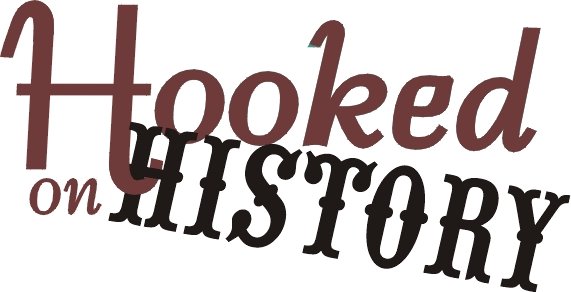The Smithsonian’s National Museum of African American History and Culture will co-host two weekend programs to help Charleston, S.C., area residents identify and preserve items of historical and cultural significance tucked away in the attics, closets and basements of their homes. Presented in collaboration with the Avery Research Center for African American History and Culture at the College of Charleston, the International African American Museum, the Old Slave Market and the Penn Center on St. Helena Island, the events will feature presentations, hands-on activities and preservation tips.
The first event will take place Saturday, May 30, from 10 a.m. to 4 p.m., at Burke High School, 244 President Street, Charleston. The second event will take place Sunday, May 31, from noon to 5:30 p.m. at the Penn Center, 16 Penn Center Circle West, St. Helena Island. The events are the fourth and fifth in a series from the museum’s signature program “Save Our African American Treasures: A National Collections Initiative of Discovery and Preservation.”
Participants can reserve in advance to bring up to three personal items for a 20-minute, one-on-one professional consultation with experts on how to care for them. The specialists will serve as reviewers, not appraisers, and will not determine items’ monetary values. Objects such as books, paper and textiles no larger than a shopping bag (furniture, carpets and paintings are excluded) can be reviewed. Those wishing to have items reviewed must make reservations online at treasures@si.edu or by telephone at (202) 633-9599. Reservations are not required for those not wishing a one-on-one consultation.
More than 150 people brought family objects to the first “Treasures” event held in Chicago in January 2008. In the crowd was Patricia Heaston of Chicago, who brought a white Pullman porter cap and a gold-colored pin bearing the image of an African American woman. She learned that the white Pullman porter cap was rare (most caps were black or blue), and its color meant that its owner had tended to prominent travelers (perhaps even Presidents) on a private train car. The image on the pin was that of Madame C.J. Walker (1867-1919), the first African American female self-made millionaire. The pin was probably given as a prize to successful sales agents of Walker’s hair-care products. Nearly 100 people attended the “Treasures” event in July 2008 in Los Angeles.
“We are very excited to bring ‘Treasures’ to Charleston and St. Helena Island,” said Lonnie G. Bunch III, founding director of the Smithsonian’s National Museum of African American History and Culture. “We must encourage private citizens to become aware of what they have, to protect it and to preserve it so the story of the African American in this country can be told. Private citizens hold the 19th- and 20th-century objects—family photographs, military uniforms, farm tools, and wedding dresses—that can help tell this story for future generations. If we do not act now to preserve these items, the tangible evidence of a critical component of American history will be lost.”
Future events will be held in Atlanta and New York. “Treasures” has been made possible by a grant from the Bank of America Charitable Foundation. Its $1 million grant to the museum also supports the pre-design and construction of the museum on the National Mall in Washington, D.C., scheduled to open in 2015.
“Bank of America is committed to the preservation of our national heritage,” said Chris Latham, Charleston president of the Bank of America. “We are proud to bring the ‘Save Our African American Treasures’ workshop into our communities and encourage everyone to become aware of the important role they can play in preserving mementos and treasures for other generations to enjoy.”
The “Treasures” program includes the following sessions:
Preservation Presentations: Three informal basic preservation sessions will take place during the day. In the session on photographs and paper, participants will learn about light, heat and humidity and how it affects their family collections. They will discover simple things they can do to be good stewards of their family paper and photography collections. In another presentation, Smithsonian staff will share stories about how conservators use science, art history and skilled hands to preserve artwork at the Smithsonian Institution. One final presentation will focus on preparing for disasters.
Hands-on Preservation: Participants are invited to learn how to properly store letters,
pack garments and prepare photographs for preservation storage and presentation.
Your Story/Our Story—Recording Oral Histories: Participants may record a brief personal memory, a family story or a memory of a historical event. Family members are encouraged to interview each other.
As a companion to the series, the museum has produced “African American Treasures: A Preservation Guide,” a 30-page guidebook that is distributed free to attendees at the program and to individuals, community groups and educators to highlight the importance of proper preservation techniques. The guidebook is part of the “Treasures” kit. Also distributed will be white cotton gloves, archival tissue papers and archival documents sleeves to help people keep their personal treasures safe.
-----
Community News You Can Use
Follow on Twitter @GAFrontPage
Georgia Front Page is now on Facebook
www.fayettefrontpage.com
Fayette Front Page
www.georgiafrontpage.com
Georgia Front Page


No comments:
Post a Comment